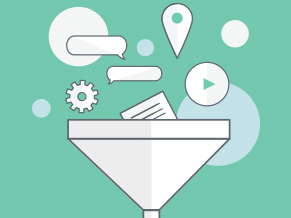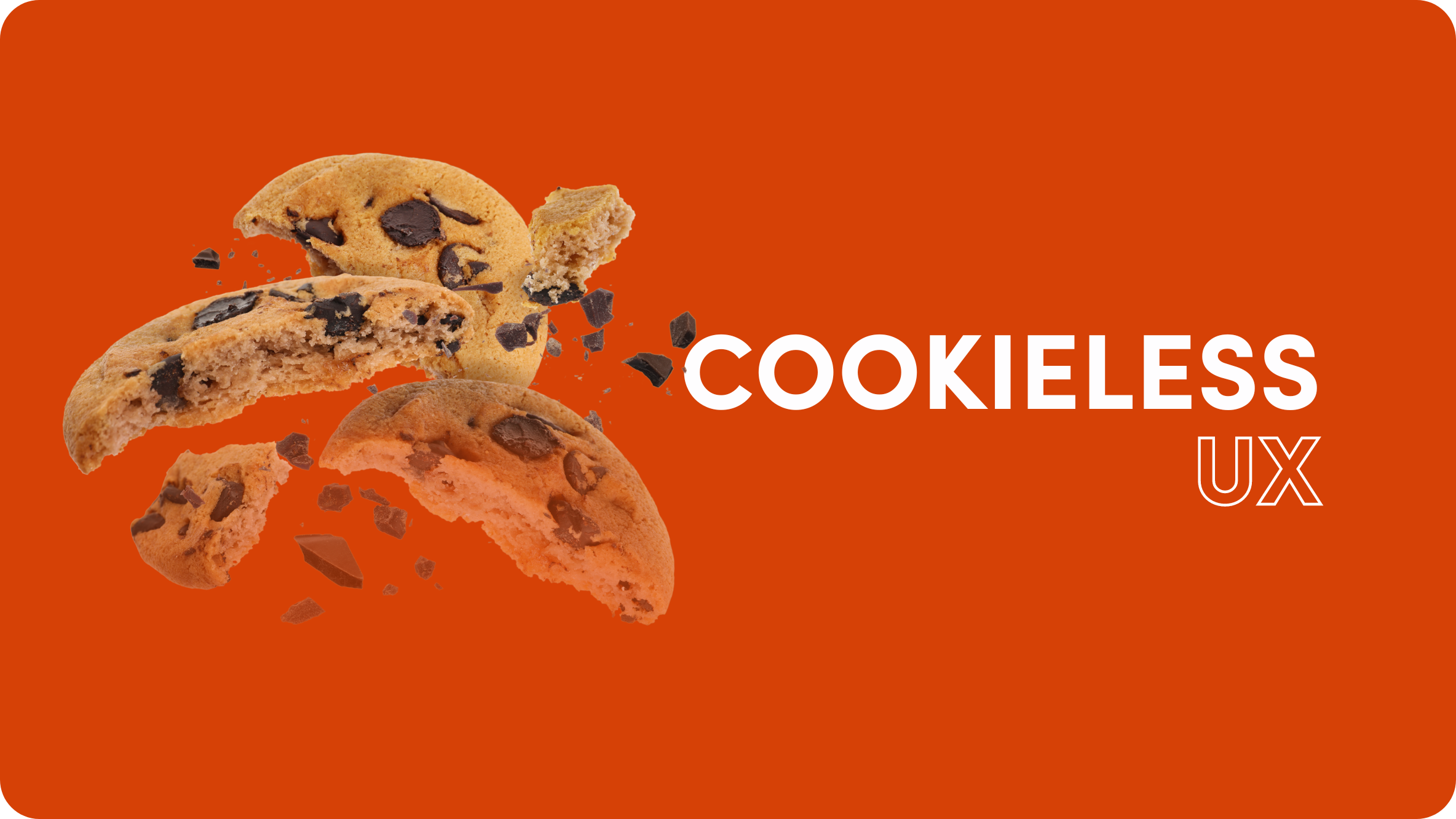Use Inbound Marketing to Engage, Convert and Retain Your Target Audience
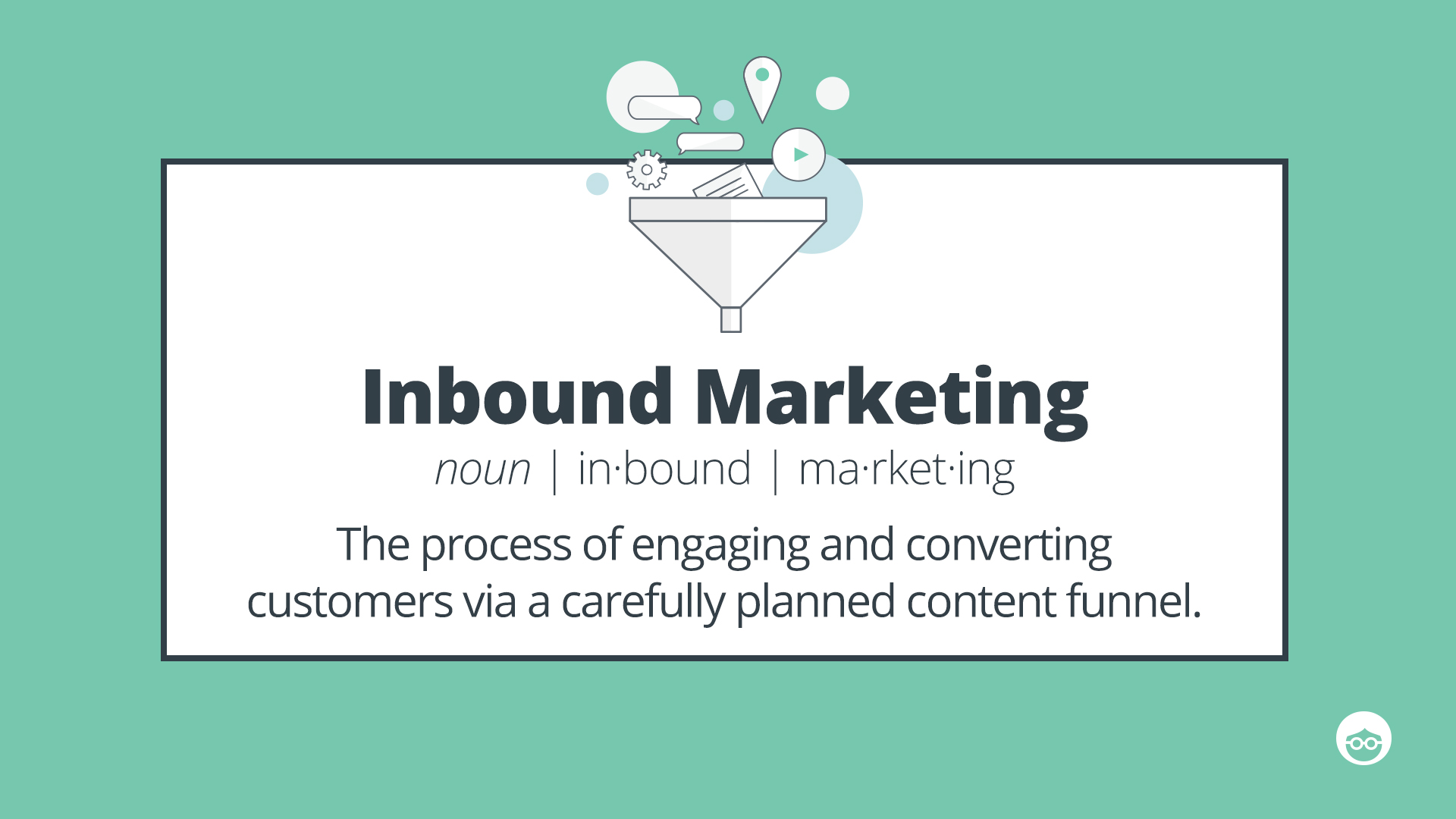
Cold calls, TV spots, direct mail, and banner ads all have one thing in common: They are methods of outbound marketing. The company or brand is broadcasting its message out to the customer. Inbound marketing, as you might expect, is the exact opposite.
What is Inbound Marketing?
Inbound marketing is the process of engaging and converting customers via a carefully planned content funnel. Rather than sending a message out, inbound marketing, also known as “pull” marketing, draws customers in via relevant, interesting content that sparks their interest.
There are many ways to do this, such as blogging, presenting at an industry event, improving your search ranking or getting your content recommended by a discovery platform. What’s more, inbound marketing works!
How Inbound Marketing Works
Inbound marketing is a personalized, nondisruptive experience that takes the customer from initial engagement with your content, all the way through to conversion, retention, and advocacy.
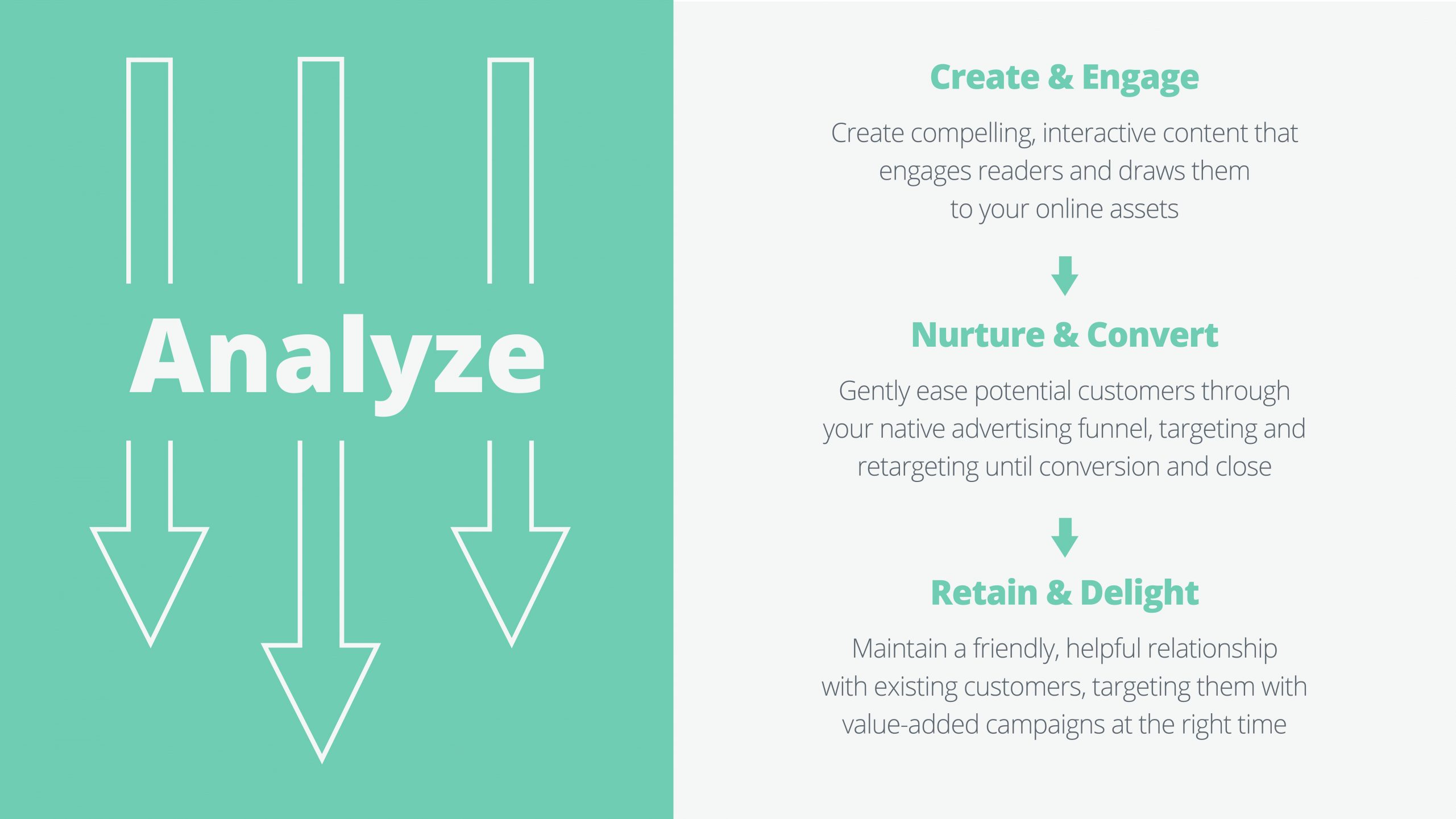
Inbound vs. Outbound Marketing
According to the State of Inbound 2017 report, 46% of marketers say that inbound marketing has higher ROI than outbound. Also, 50% say that inbound gives them the highest quality leads, compared to just 16% who say the same for outbound.
The stats show that inbound marketing works much better than outbound marketing. Here are three key reasons why it is so successful.
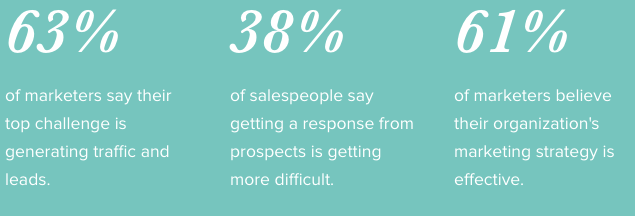
State of Inbound 2017 report
People aren’t falling for old marketing tricks anymore.
Consumers are tired of ads. They’re tired of cold calls, spam, and pop-ups. A full 86% suffer from “banner blindness.” In 2016, ad blockers were installed on 615 million devices worldwide.
Inbound marketing, on the other hand, is designed to reach your audience without annoying them. The best inbound tactics gently lead your target audience to your online assets.
It’s about them, not you.
With outbound marketing, you send a message out to a broad audience at a set time. But how effective is it? An astonishing 44% of direct mail is never opened, and 86% of people ignore TV ads.
Consumers prefer inbound marketing because it gives them control to focus on their own needs and interests. They can choose to click on content that is relevant to them. It provides value without asking them for anything in return. Inbound marketing is not about selling something to the customer—it’s about helping them.
Inbound marketing is personalized and targeted.
Instead of casting a wide net hoping to catch some fish, inbound marketing is finely tuned content strategy designed to reel in suitable customers. You can use analytics data and performance metrics to create an inbound marketing program that is targeted to different audiences, and even to specific customer profiles.
For example, programmatic native advertising enables you to deliver recommended content in real time to a specific targeted audience. This helps drive engaged readers to your online assets while maximizing your advertising ROI.
The Inbound Marketing Mix
Inbound marketing is not one method. It’s a complete methodology made up of a combination of tactics. It’s a matter of optimizing your inbound marketing strategy to engage and convert your target audience.
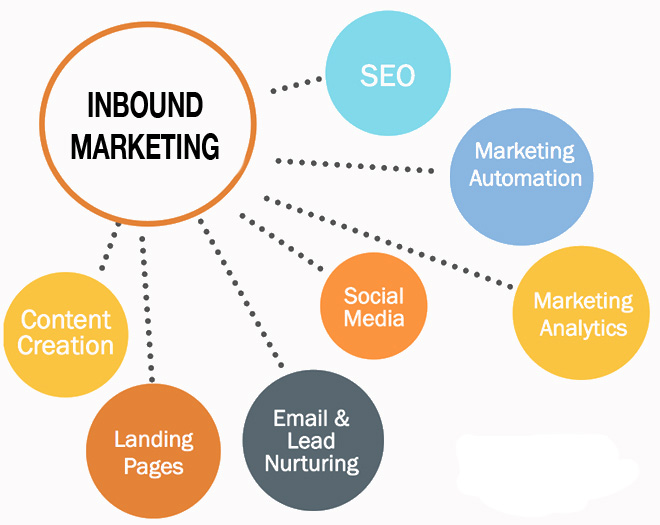
Inbound Marketing Mix, Image by credible-content.com
